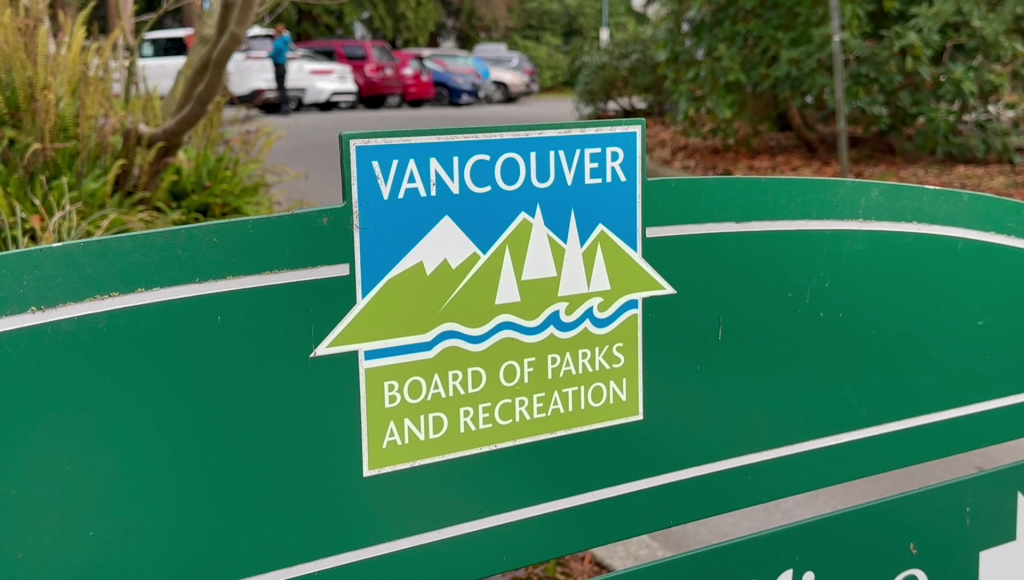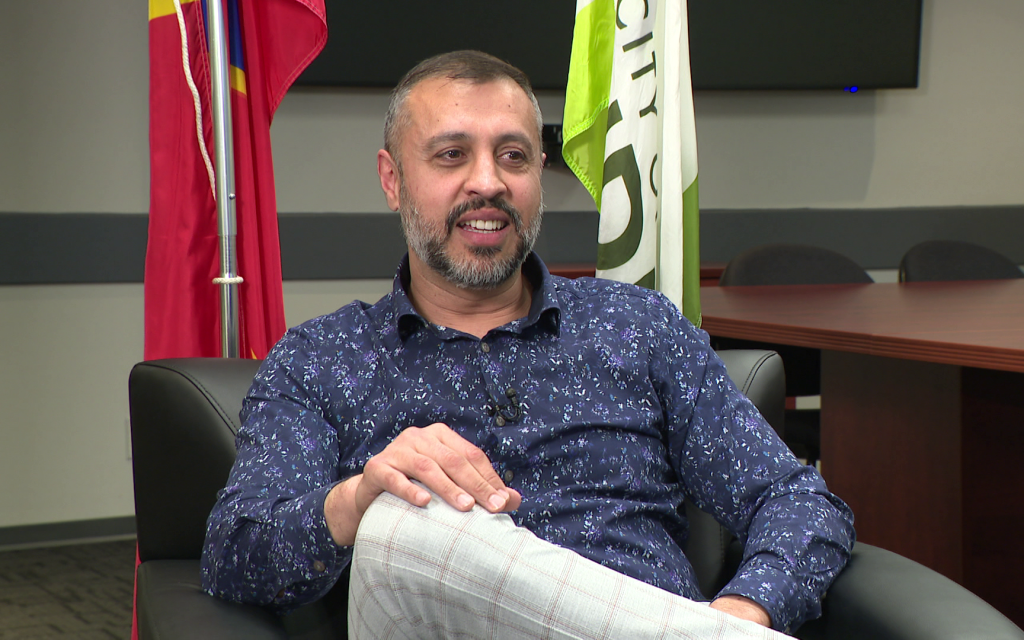How one local city is attempting to reach a target of zero traffic fatalities
Posted December 15, 2016 7:11 am.
Last Updated August 28, 2017 10:00 am.
This article is more than 5 years old.
VANCOUVER (NEWS 1130) – It’s something every city wishes it had — zero traffic fatalities. The City of Vancouver has unveiled its plan to reach that goal by the year 2040 after releasing its Transportation Plan for the coming decades at a council meeting earlier this week.
In the update, Vancouver saw a decrease in pedestrian, cycling and car crash deaths and it’s crediting so-called engineering improvements made that include new countdown timers at intersections, LED lighting and left turn changes. “Recent upgrades have seen significant improvements, with new pedestrian signals reporting a 96 per cent decrease in collisions, left turn arrows a 38 per cent decrease, and LED lighting reporting a 27 per cent decrease,” the city says in a statement.
Recommendations have been made to improve those numbers. “The City of Vancouver works closely with our partners to improve pedestrian safety and make our streets safer for everyone through engineering, enforcement and education,” says Mayor Gregor Robertson. “Vancouver was named the most walkable city in Canada by Walk Score, but we can do better. Our goal is to have zero traffic fatalities, and we’re going to continue to invest in making our streets and sidewalks safer.”
With the new recommendations, city staff are expecting to see another 15 to 20 per cent drop in fatal collisions.
Vancouver Police say so far this year, they’ve seen 15 traffic-related deaths — 11 of those were pedestrians.
Another city with the same goal
A year ago, Portland, Oregon adopted a resolution called Vision Zero, meant to get the city of more than 600,000 people to zero traffic fatalities, which included cyclists and pedestrians. This week, the city unveiled its plan and specifics for how it wants to get there.
A look at the specifics will find things like separating the various modes of transportation and a strong emphasis on traffic enforcement as ways of reaching that target.
“They physically separate pedestrian traffic from cycling traffic and physically separate cycling traffic from vehicular traffic, and that’s the key,” explains veteran driving instructor Steve Wallace with Wallace Driving School in Victoria. “If you combine those two things, with the infrastructure and you combine it with enforcement, then you can have a dramatic effect of lowering crashes and lowering the death rate and the serious injury rate on the roads.”
Getting the 26th most populous city in the US to meet its goal is no easy task. The city’s plan, 18-months in the making, uses input from the Oregon Department of Transportation, police and fire departments, auto and trucking industries, EMTs, low-income advocates, accessibility advocates and other advocacy groups.
Wallace says if there’s a place that can do it, it’s the City of Roses. “Portland is acknowledged by all the cities in North America as the best-run city in North America by all the municipal organizations,” says Wallace.
Other places have tried something similar, but he says it’s not always easy to get a city’s planning department to buy into the strategy. However, Portland is often the start of these kind of trends and if it’s successful there, he’s convinced other cities will pick up on it. “As far as cities are concerned, Portland is leading-edge. Everybody copies Portland if they want to have a successful conclusion to safety and to city design.”
The plan also calls for stricter traffic enforcement in the city, which also intends to create a targeted DUI enforcement program in the entertainment district.










